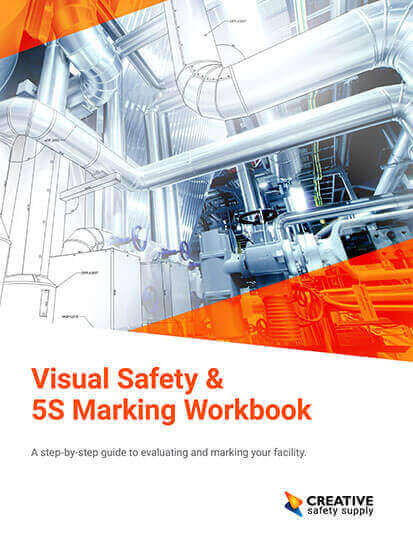
In the realm of workplace safety and organization, facility marking stands as an unsung hero. It plays a pivotal role in ensuring a safe and efficient work environment across various industries. But what exactly is facility marking? In this article, we will delve into the definition, purpose, and key components of facility marking, shedding light on its crucial role in enhancing workplace safety and productivity.
Defining Facility Marking
Facility marking, often referred to as floor marking or industrial marking, encompasses a range of visual cues, signs, and markings strategically placed within a facility. These markings serve as a form of visual communication, conveying important information to employees, visitors, and stakeholders. They can take various forms, including lines, symbols, colors, and text, and are applied to floors, walls, equipment, and other surfaces.
The Purpose of Facility Marking
- Safety Enhancement: One of the primary objectives of facility marking is to enhance safety within the workplace. Clear markings indicate safe walkways, emergency exits, hazardous areas, and other crucial information. This helps prevent accidents, streamline emergency responses, and create a safer work environment overall.
- Efficiency Optimization: Facility marking is instrumental in optimizing workflow and operational efficiency. By delineating designated areas for specific activities, such as storage zones, workstations, and traffic paths, facility managers can ensure that operations run smoothly and without unnecessary interruptions.
- Regulatory Compliance: Many industries have specific regulatory requirements regarding facility marking. Adhering to these standards not only ensures legal compliance but also demonstrates a commitment to safety and best practices.
Key Components of Facility Marking
- Color Coding: The use of specific colors in facility marking is a powerful tool for conveying information. For example, yellow may indicate caution or the need to proceed with care, while red may signal danger or restricted access. By adhering to standardized color codes, facility managers can ensure consistency and understanding.
- Symbols and Pictograms: Visual symbols and pictograms are universal in their communication. They can quickly convey information without relying on language, making them highly effective in multicultural work environments.
- Text and Labels: While visual symbols are powerful, text and labels are also important components of facility marking. Clear, concise messages can provide additional context or specific instructions that may be necessary in certain situations.
Facility marking, though often taken for granted, plays a crucial role in maintaining a safe, organized, and efficient work environment. By utilizing a combination of colors, symbols, and text, facility managers can create a visual language that enhances safety awareness, optimizes operations, and ensures compliance with industry standards. Investing in well-planned and strategically implemented facility marking not only safeguards personnel but also contributes to the overall productivity and success of the facility.
Similar Questions
- What are the Best Facility Marking Techniques?
- How does facility marking improve safety awareness and navigation?
- How does proper facility marking help create a more safe and visual workplace?
- What are the benefits and best practices of using color-coding for labels and signs in facility marking?
- How can I prevent Warehouse Accidents with Facility Marking?
- What are the best practices for installing and maintaining facility marking products?
- What are the benefits of floor marking tape for safety and productivity?

